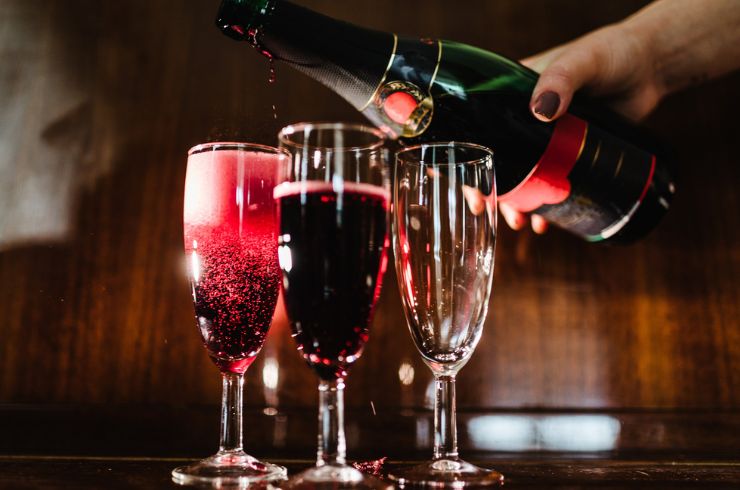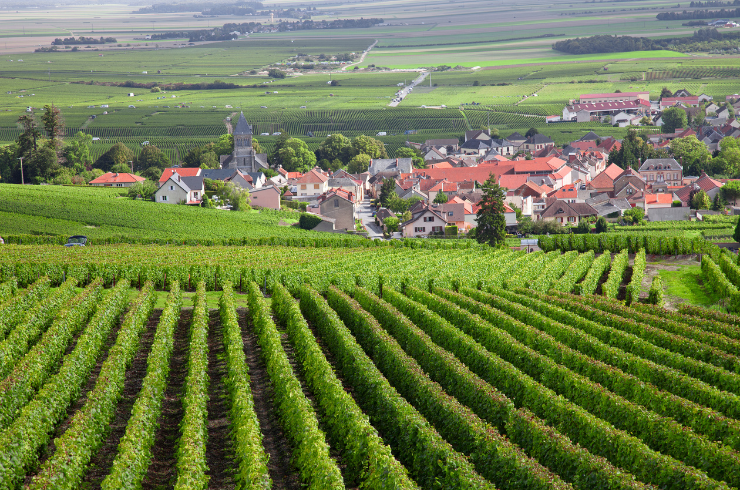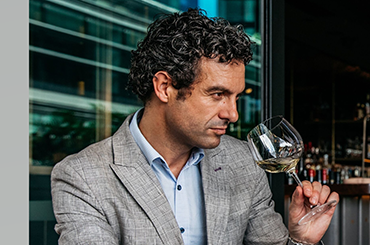Virtual fatigue is a real thing. After more than 18 months of various recurring pandemic-related restrictions, drinks online with friends may have lost some appeal. But if you’re unable to visit cellar doors or attend other events right now, it may be time to indulge your inner wine geek and take your at-home wine tastings to the next level.
Whether you’re holding these tastings online with friends, at home with family or simply wanting to develop your palate, the following tips will enhance your understanding – and enjoyment – of wine.
Choose a wine focus
Most tastings work best when you plan the wines around a focus. That might be a favourite grape variety, perhaps comparing examples from different regions to discuss any differences and preferences. It could also focus on a favourite region, where three different wines from one producer, or three wines from different producers, are put up against one another for discussion.
To assess a new wine against several of its previous vintages, vertical tastings can be enlightening. Learning how a wine develops over time is also key in deciding if you enjoy aged wine. Younger, fresher expressions can often prove the favourite, which can save time and money by helping you understand you may not need to cellar wine for great lengths of time.
If you’re keen to delve into a particular vintage, a horizontal tasting is for you. Here, you can compare several wines from different regions harvested in the same year. By putting a Margaret River chardonnay against a Yarra Valley chardonnay, for example, you have a great frame of reference to discuss and explore. Insights from this vintage chart can assist in knowing the great years to explore.
With countless ways to organise wines for a tasting, many wine clubs rotate the theme’s selection among members for each session.
Write your own tasting notes
When tasting wine, it should always be about whether you like it or not. But if want to determine what it is you do – and don’t – love in a wine, then writing tasting notes is a great pathway to finding more of what you want.
First, note the wine’s colour in terms of clarity, hue and even whether you think it’s attractive. For best results, hold up the glass against the light or against a white background or tablecloth.
Next, smell the wine in the glass to consider its aromas. The words you use may be as general as ‘citrus’, ‘earthy’ or ‘red berries’, but even these broad descriptors will help you understand what to expect from a wine and its style as you taste more widely.
When tasting a wine, consider how it hits your palate. Is there flavour upfront or does it give you a plush, juicy mouthful? Is there a strong line of acid and a lingering flavour? Write down what strikes you most. If you’re seeking quality, many authorities agree it’s about how long they can taste a wine after swallowing it, but don't be shy to also use a spittoon if you're tasting through several wines.
No matter how rough your notes, they are great for talking points and future reference, and over time, your wine vocabulary will expand.
Making notes when tasting wine is an important part of the process.
Serve them right
Using the best glassware doesn’t always mean using a different shape for each variety or style – although many people swear by it. It does, however, mean respecting the wine by considering the shapes and sizes that will do it the most justice.
Bigger wines need larger bowls to allow their aromas and flavours unfurl, while bright aromatic whites can often shine in slightly smaller glasses. When tasting sparkling wine, these styles are often best showcased in tulip-shaped glasses or even traditional wine glasses as opposed to flutes because bigger glasses will enhance their characters.
Serving temperatures are also critical. White wines that are too cold, for example, will take time to show their true flavours, so be sure to leave those bottles out of the fridge for a stint before pouring.
Join a virtual tasting
Instead of organising your own event, so many wineries and retailers are offering virtual tastings with themed wine packs for people to sample at home. These are great ways to hear direct from the people who grow and make the wine. They allow for questions and interaction with the participants, which proves almost as good as a winery tasting. Almost.
One coming tasting will involve three winners from the 2022 Halliday Wine Companion Awards, with a mixed six-pack of their wines. Michael Dhillon of Bindi Wines (Winemaker of the Year), Sarah Crowe from Yarra Yering (Wine of the Year and Winery of the Year) and Cullen’s Vanya Cullen (Viticulturist of the Year) will all be online to discuss their wines on October 13. Set to be hosted by chief editor Tyson Stelzer, keep an eye out for all details to come.
And to take all the thinking out of what to focus on at your next tasting, a range of wineries and retailers are offering mixed themed wine packs, such as other Halliday awards-themed boxes from the likes of Vinomofo and United Cellars.







